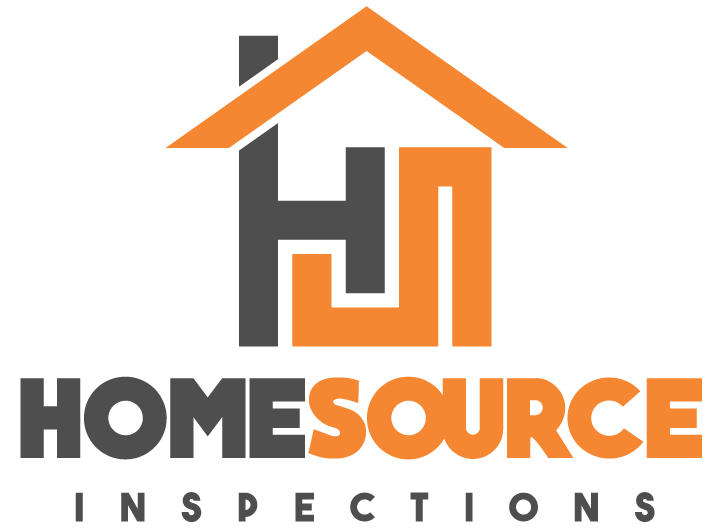For many, the kitchen is more than just a place to cook; it’s where memories are made, from morning breakfasts to midnight snacks. Yet, this central hub of the home can also be a hotspot for hazards if not managed carefully. Let’s explore how to keep this space as safe as it is inviting. Check out these basics of kitchen safety for any home.
The Priority of Prevention: Guarding Against Kitchen Fires
Kitchen fires are among the most common domestic hazards, but they’re also among the most preventable. Vigilance is key—never leave your cooking unattended, especially when frying, grilling, or broiling. If you have to step away, make it a habit to turn off the stove first.
Equally important is maintaining a clutter-free environment around the stove. Flammable items like towels, paper bags, and even spices should be kept at a safe distance. Regular cleaning is not just about hygiene; it’s a safety practice. Built-up grease is a common cause of kitchen fires, so keeping your stove and oven clean can significantly reduce risks.
Ensure your appliances are in good working order. Frayed cords and malfunctioning equipment are more than inconveniences—they’re accidents waiting to happen.
Sharp Solutions: Cutting Safely is Kitchen Safety
Knives are indispensable in the kitchen, but they demand respect and caution. Always use the right knife for the job and keep it sharp. A sharp knife isn’t just more effective—it’s safer, requiring less force and offering more control.
To prevent mishaps, secure your cutting board by placing a damp towel underneath to keep it from slipping. After use, knives should have a designated safe spot, like a knife block or a magnetic strip, far from the curious hands of children.
Burn Awareness: Handling Heat
Burns can occur quickly, whether from a splash of boiling water or a hot pan handle. Use oven mitts when handling anything hot, and turn pot handles inward to avoid accidental bumps.
When dealing with hot liquids, always open lids away from your face to protect against steam. Overfilling pots can lead to painful spills, so it’s wise to fill them no more than two-thirds full.
Clean and Contained: Food Safety Practices for Kitchen Safety
Good hygiene is crucial for kitchen safety. Regular handwashing, especially before and after handling food, helps stop the spread of bacteria. Use separate cutting boards for raw meat and other foods to prevent cross-contamination.
When it comes to food storage, timing is everything. Perishable foods should not be left out for more than two hours; this window shrinks to just one hour in hot weather. Make sure your refrigerator and freezer are set to the right temperatures to keep your food safe and fresh.
Kitchen Safety for Kids
Kitchen safety requires extra precautions for homes with children. Cabinets with cleaning supplies, sharp objects, and other dangerous items should be secured with childproof locks. Always supervise young children in the kitchen, especially when cooking or handling hot items. Involve older children in safe cooking practices and make them aware of the hazards and how to avoid them.
Your kitchen should be a sanctuary for culinary creativity and family gatherings. Follow these fundamentals to ensure the safety of everyone who uses it.
Frequently Asked Questions About Kitchen Safety
What should I do if a grease fire starts in my kitchen?
If a grease fire starts, never use water to extinguish it, as this can cause the fire to spread. Instead, use a properly rated fire extinguisher or smother the flames with a metal lid or baking soda. If the fire is uncontrollable, evacuate and call emergency services immediately.
Are there any specific first-aid tips for burns that occur in the kitchen?
For minor burns, run cool (not cold) water over the burn for several minutes. Avoid using ice, and cover the burn with a sterile, non-adhesive bandage or clean cloth. For more severe burns, seek medical attention immediately.
How can I prevent pests in the kitchen?
Keep your kitchen clean and free of food scraps. Store dry goods in airtight containers and dispose of garbage regularly. Regularly check for signs of pests and address any infestations quickly to prevent them from becoming a larger issue.
What is the proper method for cleaning wooden cutting boards?
Clean wooden cutting boards with hot, soapy water after each use. For deep cleaning, sprinkle coarse salt on the board and rub it with a sliced lemon. Rinse and dry thoroughly. Oil the board occasionally to keep it conditioned.
HomeSource Inspections offers inspection services to homebuyers and sellers in Northern Indiana and Southwest Michigan. Contact us to schedule an appointment.

